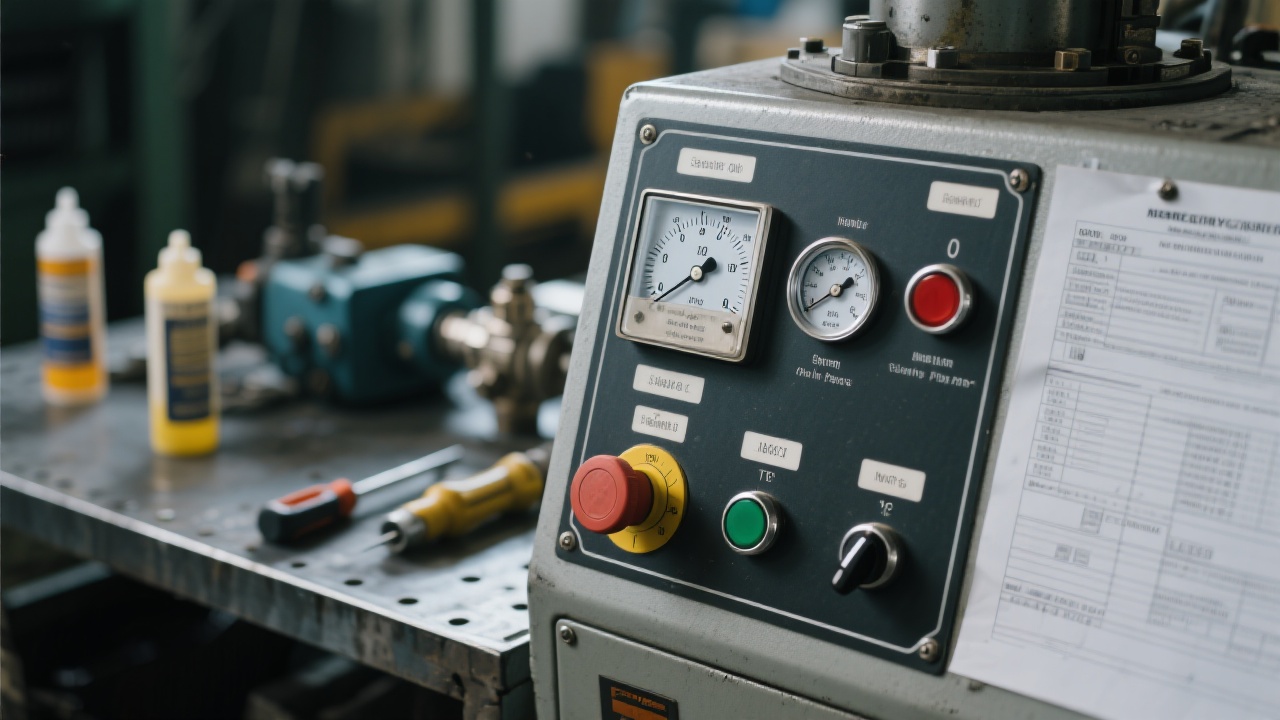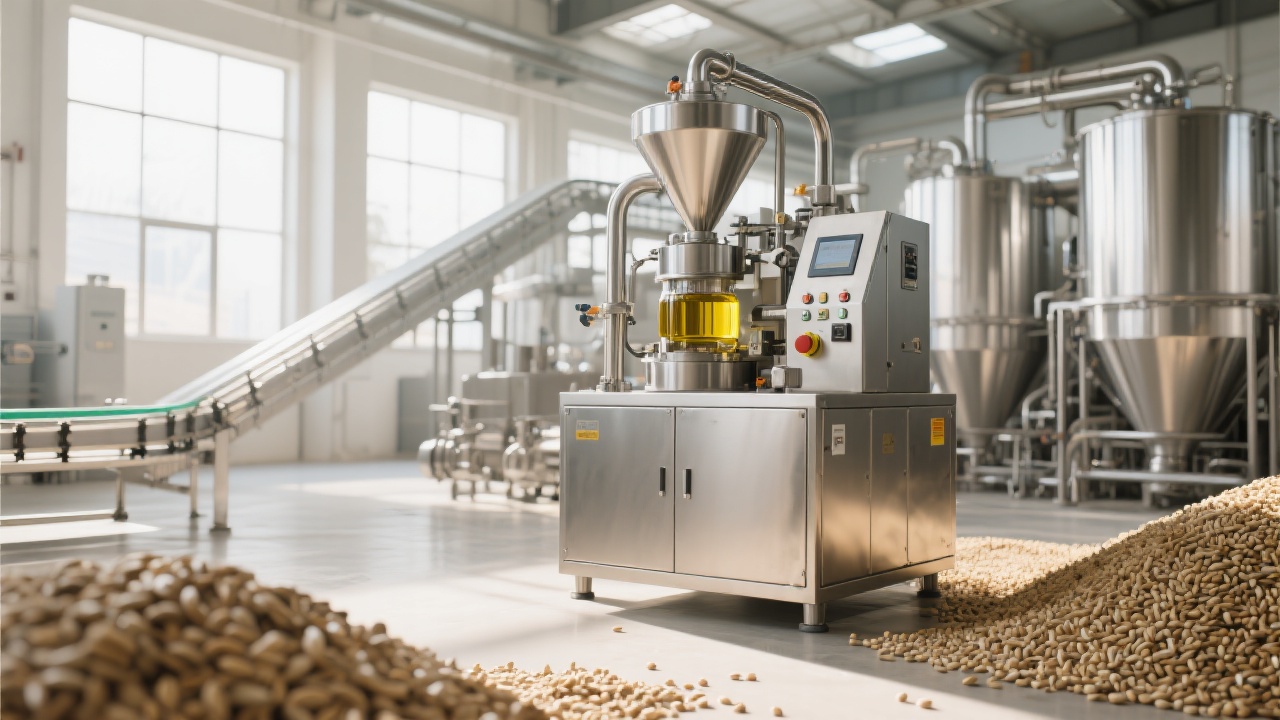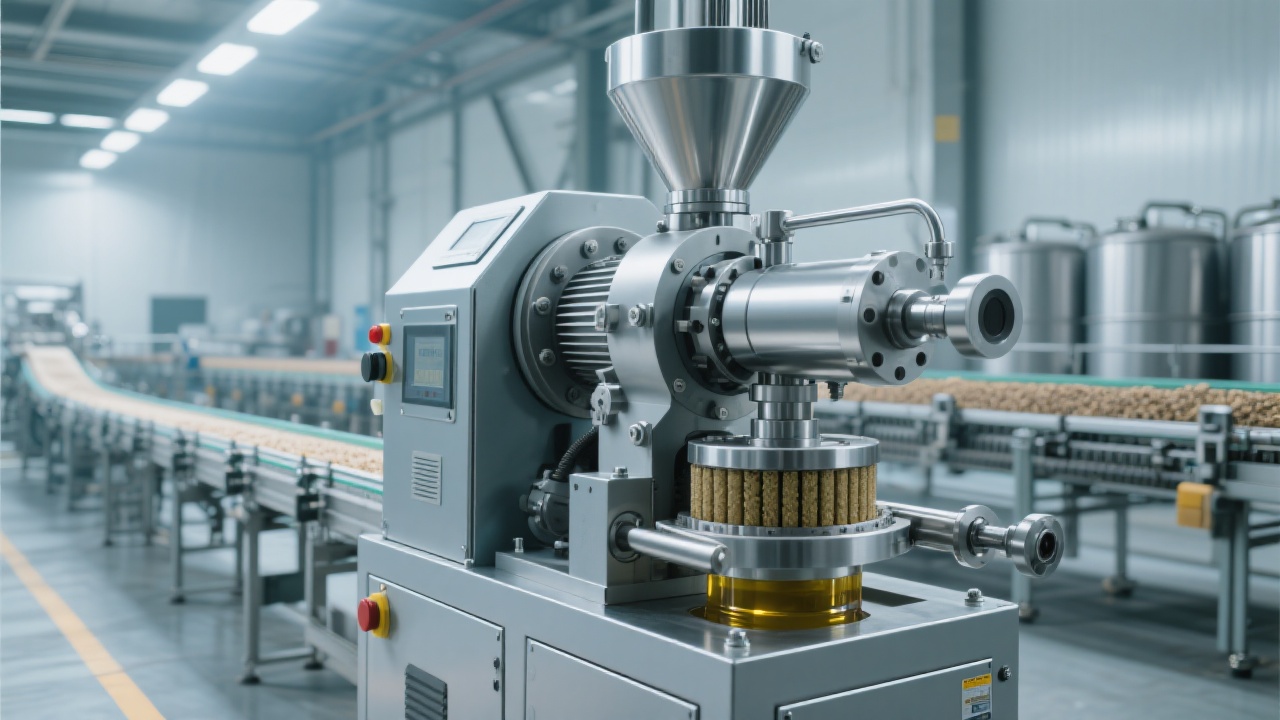
When it comes to cooking, the type of oil you choose can significantly impact both the taste and nutritional value of your dishes. Among the various cooking oils available, sesame oil stands out for its rich flavor and health benefits. But did you know that there are two main methods of extracting sesame oil: cold - pressing and hot - pressing? In this guide, we'll explore the differences between these two methods and recommend a small - scale cold - pressed sesame oil press suitable for foreign trade exports.
The key difference between cold - pressing and hot - pressing lies in temperature control. Cold - pressing typically occurs at temperatures below 60°C, while hot - pressing involves higher temperatures, often above 120°C. This temperature difference has a profound effect on the nutritional components of sesame oil, such as vitamin E and linolenic acid.
According to a study in a well - known food science journal, cold - pressed sesame oil can retain up to 90% of vitamin E, a powerful antioxidant that helps protect cells from damage. In contrast, hot - pressed sesame oil may only retain about 60% of vitamin E due to the high - temperature processing. Similarly, for linolenic acid, an essential unsaturated fatty acid, cold - pressing can preserve around 85%, while hot - pressing may reduce it to approximately 70%.

Let's take a closer look at how these two methods differ in terms of aroma intensity, suitable scenarios, and cost through the following table:
| Aspect | Cold - Pressing | Hot - Pressing |
|---|---|---|
| Aroma Intensity | Mild and delicate, with a natural sesame fragrance | Strong and pungent, with a more intense roasted sesame smell |
| Suitable Scenarios | Ideal for cold dishes, salad dressings, and light - flavored recipes | Better for stir - frying, deep - frying, and dishes that require a strong flavor |
| Cost | Higher due to slower production speed and lower yield | Lower as it has a higher production efficiency |
For those who want to produce high - quality cold - pressed sesame oil, especially for foreign trade exports, small - scale cold - pressing equipment is an excellent choice. These machines are portable, easy to operate, and suitable for small - batch production.
Take, for example, some high - end restaurants. They prefer cold - pressed sesame oil for its delicate flavor and high nutritional value. With a small - scale cold - press, you can meet the demand for this high - quality oil. The small - scale cold - press we recommend can produce about 10 - 20 liters of cold - pressed sesame oil per day, which is perfect for small businesses or home use.

Now, if you're interested in making your own cold - pressed sesame oil at home, here are some simple tips:
Before using the sesame seeds, make sure to clean them thoroughly to remove any dirt or debris. You can soak the seeds in water for about 10 - 15 minutes and then rinse them several times.
Keep the temperature below 60°C during the pressing process. You can use a thermometer to monitor the temperature to ensure the best nutritional retention.
Store the cold - pressed sesame oil in a cool, dark place. A glass bottle is a good choice as it can prevent the oil from being exposed to light and air, which can cause oxidation.

With the right equipment and a little practice, you can easily make restaurant - grade cold - pressed sesame oil at home. And if you're considering entering the foreign trade market, our recommended small - scale cold - press is suitable for foreign trade exports, offering you a great opportunity to start your business.
Are you ready to start making your own cold - pressed sesame oil? Click here to learn more about our suitable small - scale cold - press for foreign trade exports!

